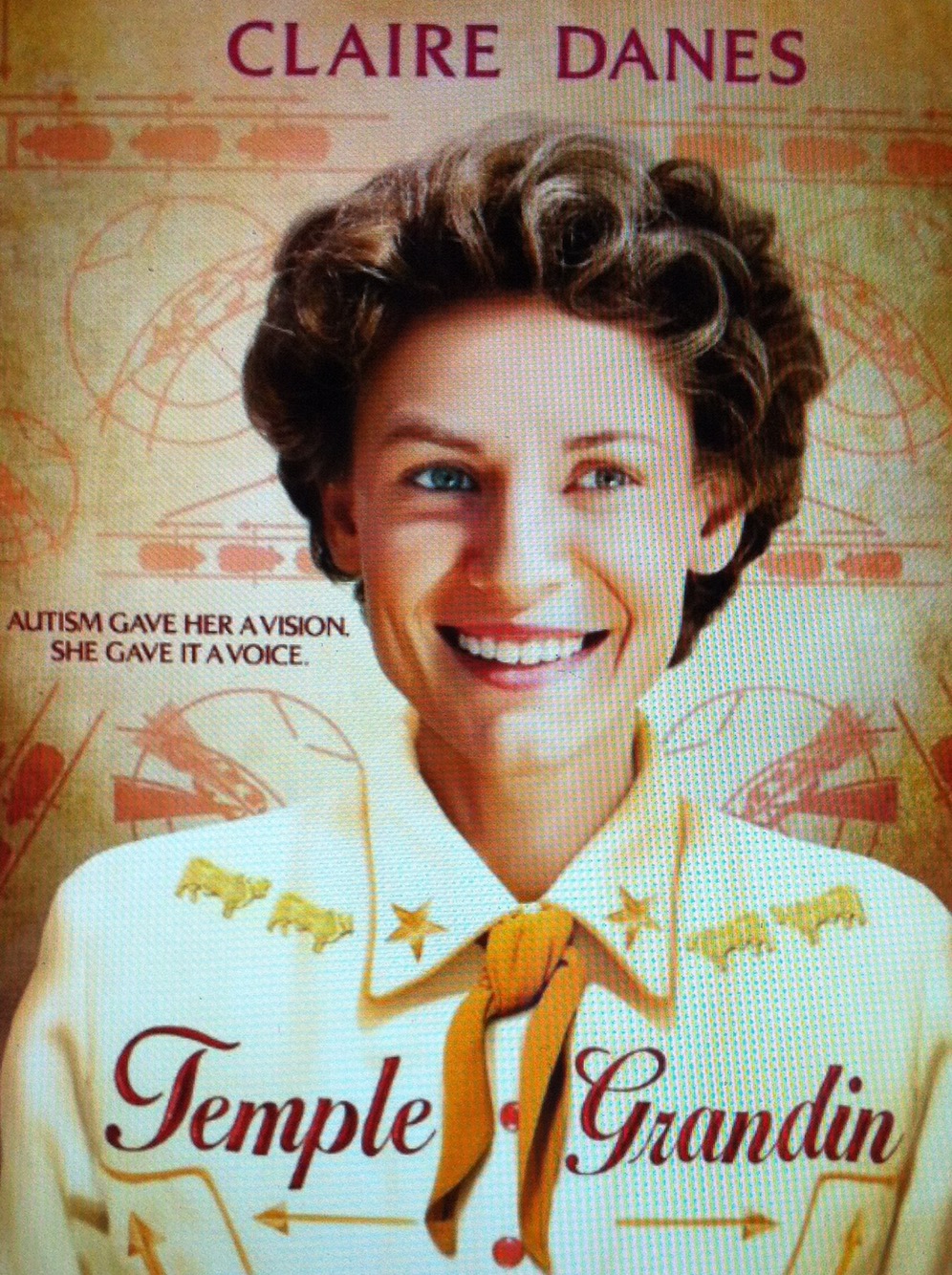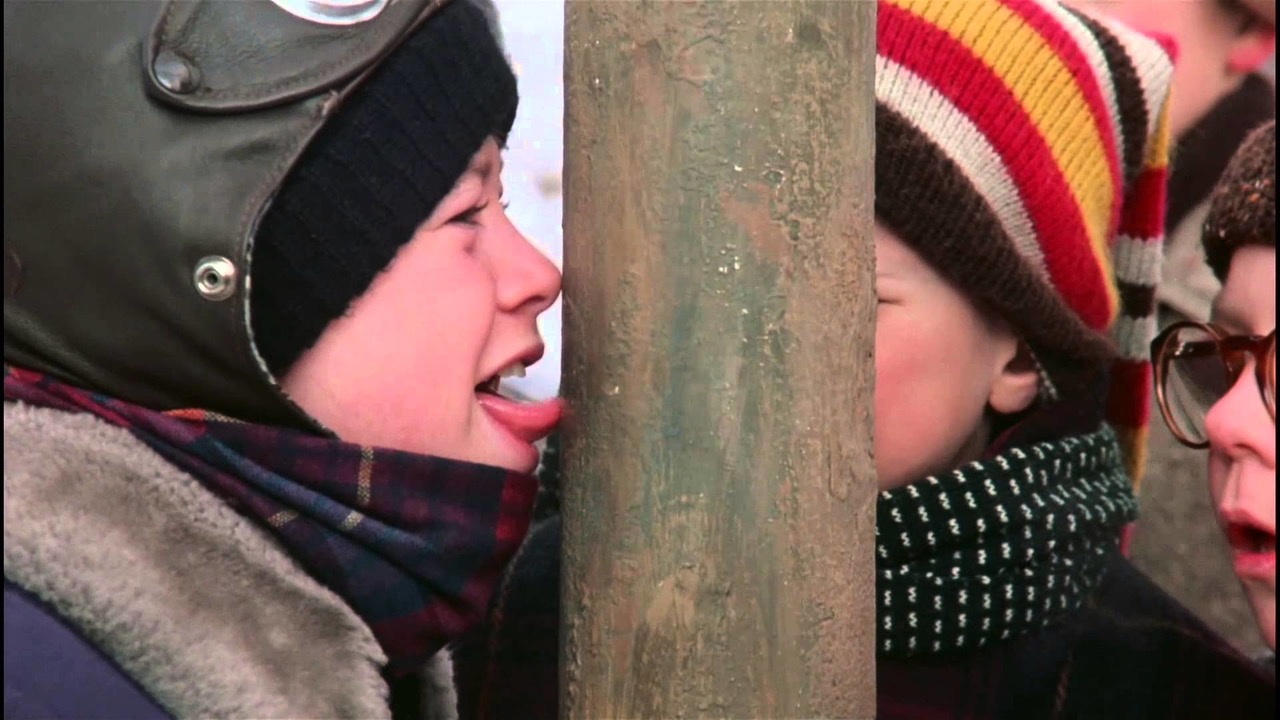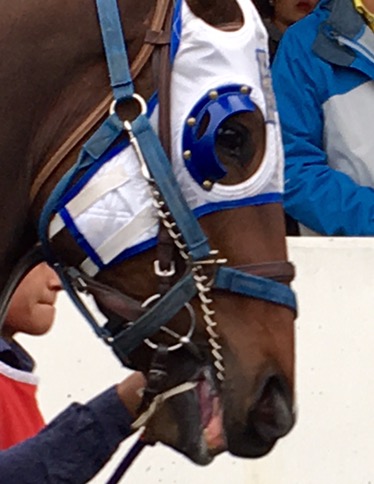“One white foot, buy him;
Two white feet, try him;
Three white feet, look well about him;
Four white feet, do without him;
Four white feet and white on his nose, take off his hide and feed him to the crows.”
-proverb
Ok, psychos. What are you doing with these horse hides anyway? Reupholstering your dining chairs? Why are you feeding them to the crows, are these horses so awful that their meat isn’t good enough for your dog?
The proverb is based on the belief that light colored feet are weaker than dark colored feet. I haven’t found that to be true, at least not with modern nutrition and hoof care. I’ve read some studies that indicate weaker hooves might be genetic in breeds, like paints, that tend to have white legs. But there is no evidence that supports light colored feet being weaker than dark colored feet when they are on the same horse.
All that being said, the color of your horse’s feet can tell you some things. Like if your light grey horse had white socks when he was younger.
 This horse is a grey with a light colored foot, and a dark colored foot. Since grey horses are born a solid color and lighten with age, this tells us that he had a white sock above the light colored foot, but not above the dark colored foot.
This horse is a grey with a light colored foot, and a dark colored foot. Since grey horses are born a solid color and lighten with age, this tells us that he had a white sock above the light colored foot, but not above the dark colored foot.
 This is the same horse, 16 years prior, and while it’s not the best picture of his feet, if you look hard, you will see the right front is dark.
This is the same horse, 16 years prior, and while it’s not the best picture of his feet, if you look hard, you will see the right front is dark.
Sometimes the color of your horse’s feet can tell you about their heritage. Our sorrel mare, Suki, is out of a quarter horse. But her mom isn’t telling who the fence jumping baby daddy is. There is suspicion that he may have been an Appaloosa. She doesn’t have any spots like an Appaloosa. Nor does she have traits of solid colored Appaloosas, mottled skin around the mouth and genitals, and white sclera around the eyes. But there is one final trait of a solid colored Appaloosa! Vertically striped hooves. I introduced Suki to hosing this week and got a better look at her feet:
 Maybe there is some subtle verticle striping on Suki’s feet? I think we still ought to go with a maybe on the potential Appaloosa sire. Something else is peculiar about her feet though, she has three white legs and four dark feet! It’s like she read the old rhyme and didn’t want to take any chances with white feet! It’s very subtle, but she has a super narrow ring of red hairs on the coronary band of each foot. Weird!
Maybe there is some subtle verticle striping on Suki’s feet? I think we still ought to go with a maybe on the potential Appaloosa sire. Something else is peculiar about her feet though, she has three white legs and four dark feet! It’s like she read the old rhyme and didn’t want to take any chances with white feet! It’s very subtle, but she has a super narrow ring of red hairs on the coronary band of each foot. Weird!
And speaking of weird, while I was thinking about writing this piece, I was checking out the feet of all the horses that came into the arena for lessons. One was particularly interesting to me.
 This foot belongs to a roan Tennessee Walker with four white legs and a bald face. But he only has three and a half white feet, so go get your horse hide elsewhere!
This foot belongs to a roan Tennessee Walker with four white legs and a bald face. But he only has three and a half white feet, so go get your horse hide elsewhere!
So next time you see your horse, knock the dirt off his feet, and see if they tell you anything.
—
About the author: Ali Kermeen runs her training business, HC Equestrian, in the hills east of the Silicon Valley. She is a USDF silver medalist and L graduate. Ali can often be found laughing at her own jokes, or tripping over her own feet.

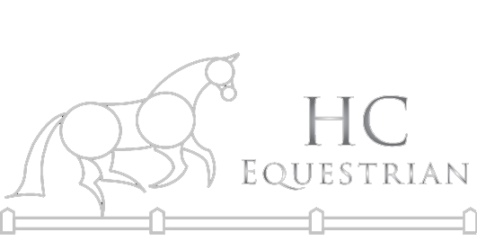


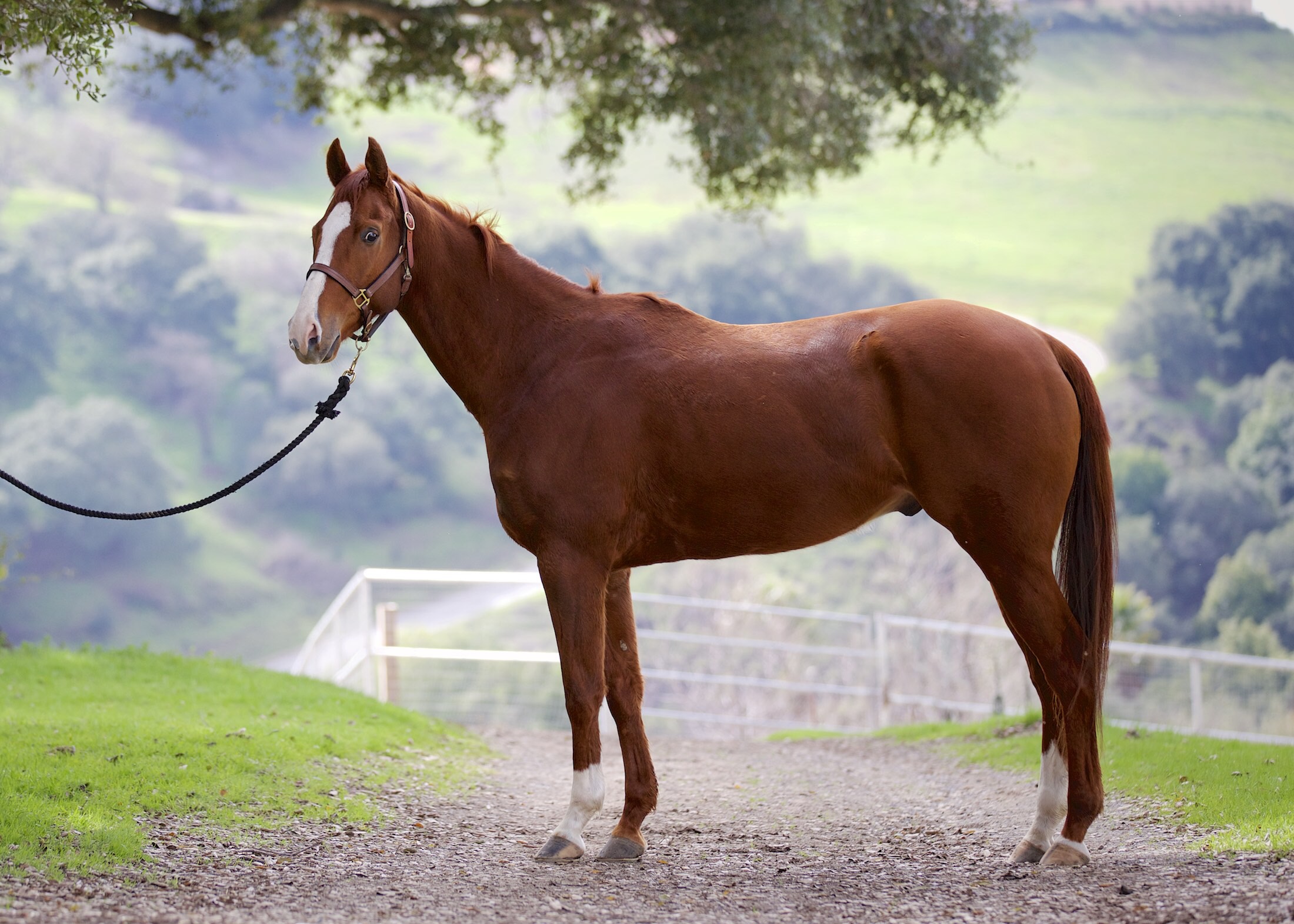






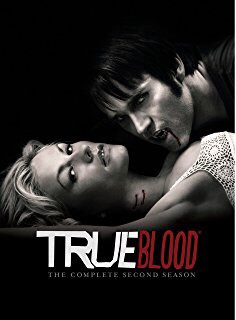
 That’s a weird place for a horse to have a giant cowlick. She has a matching one on the other side…thank goodness.
That’s a weird place for a horse to have a giant cowlick. She has a matching one on the other side…thank goodness.